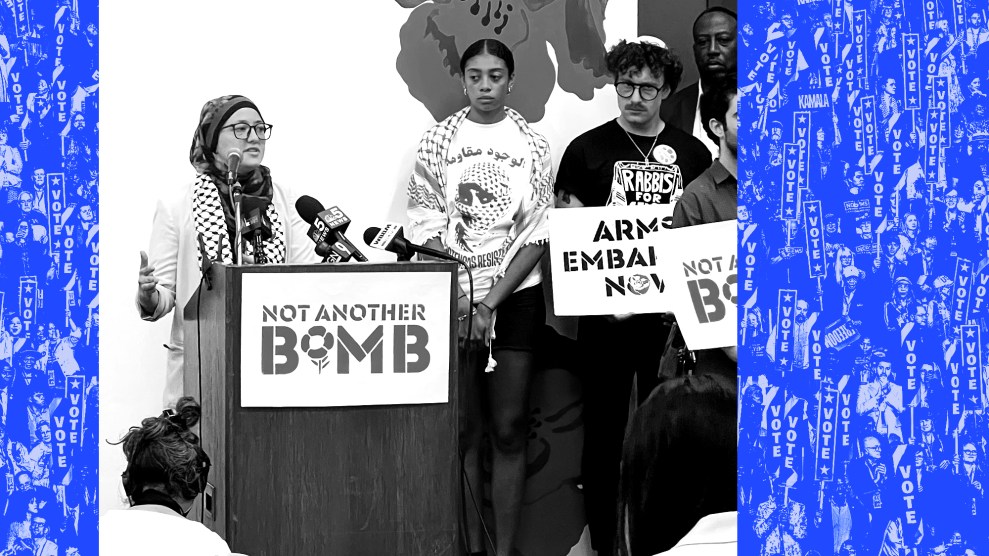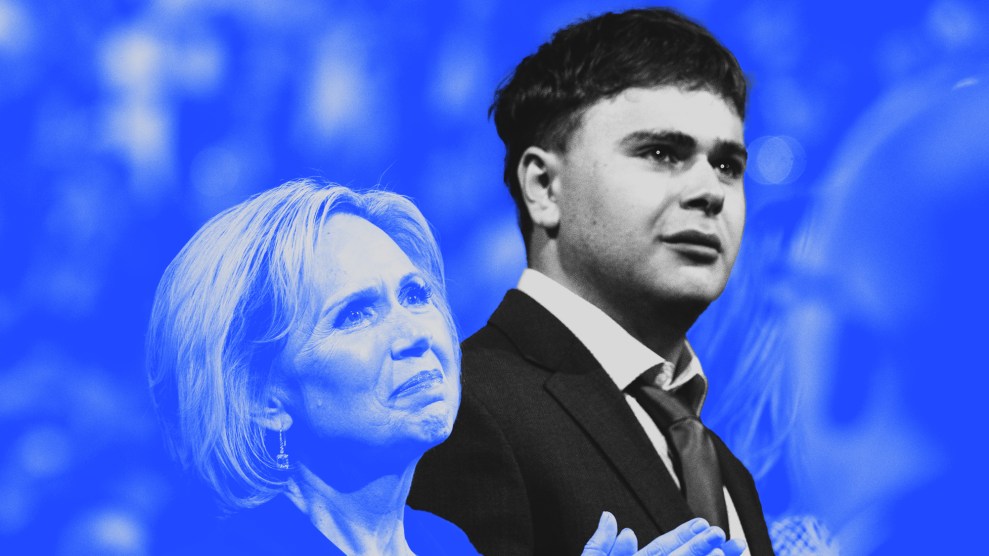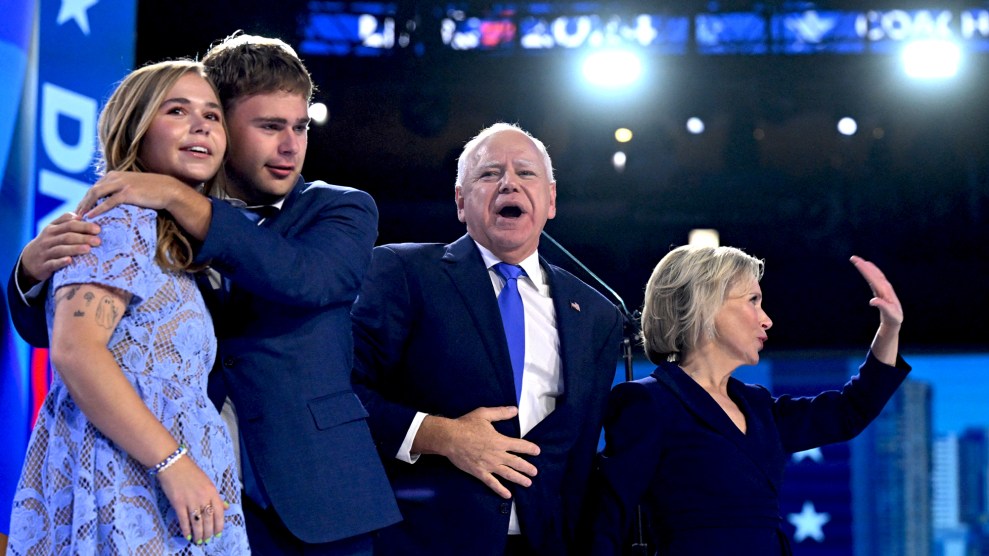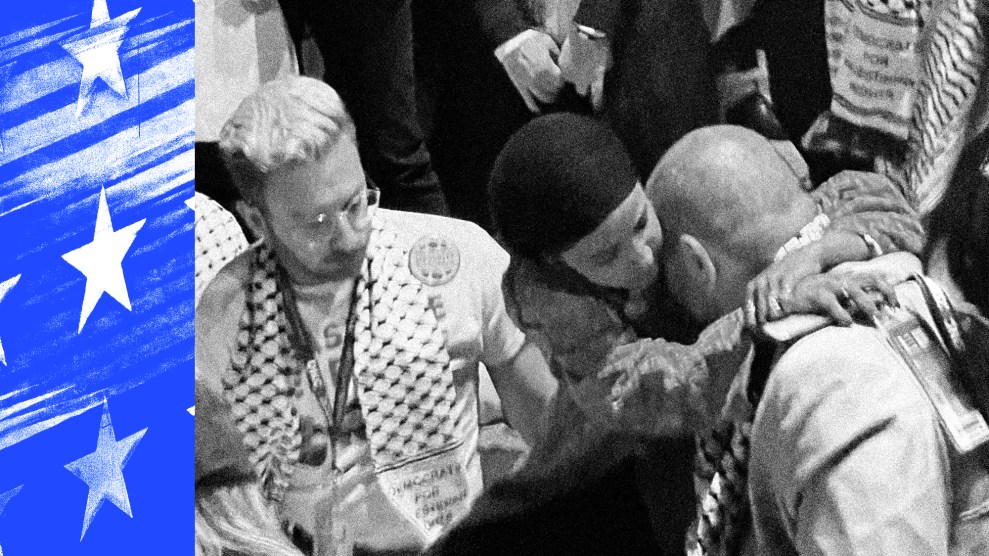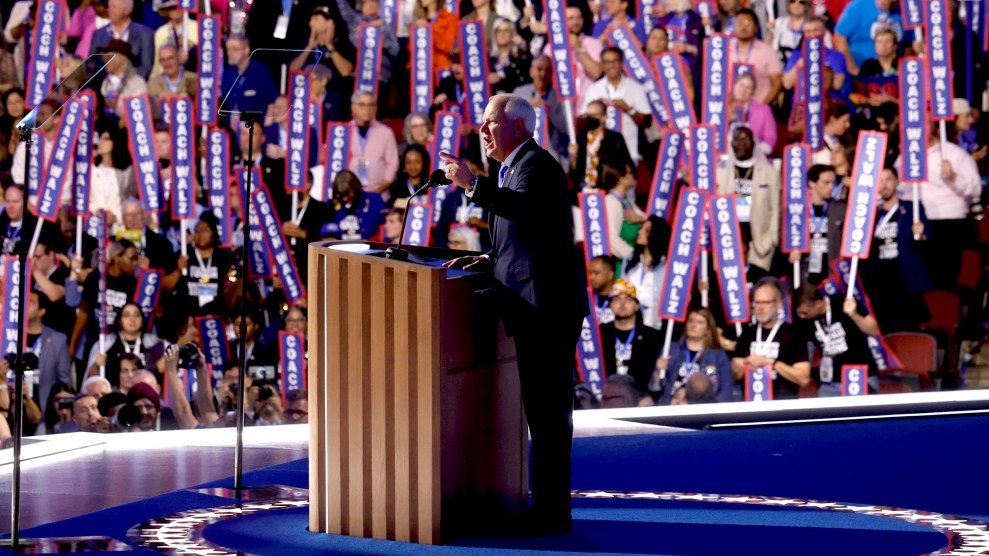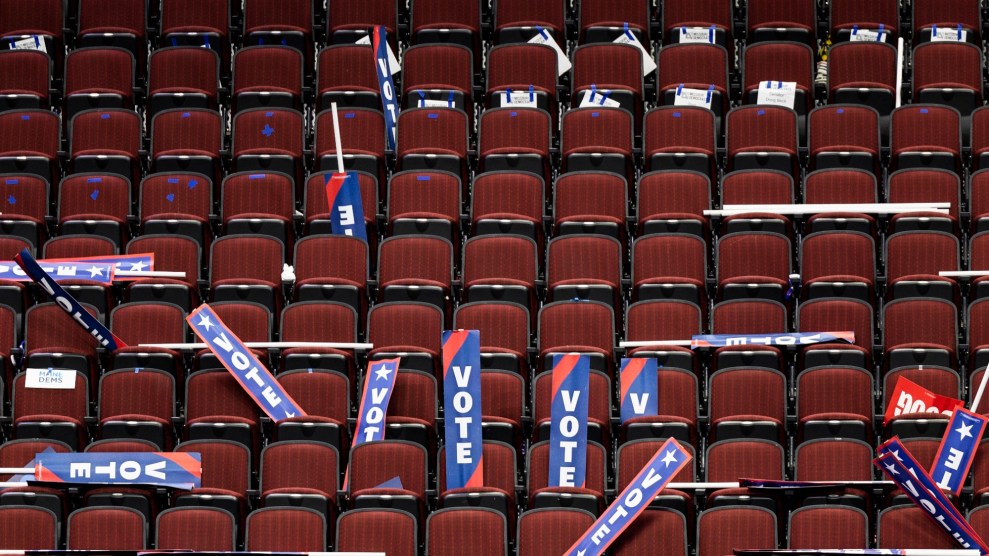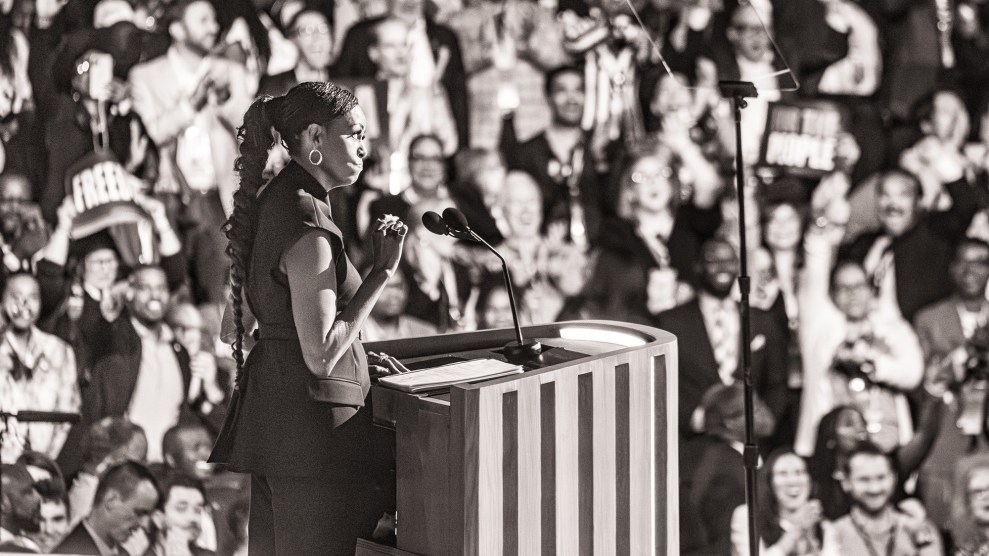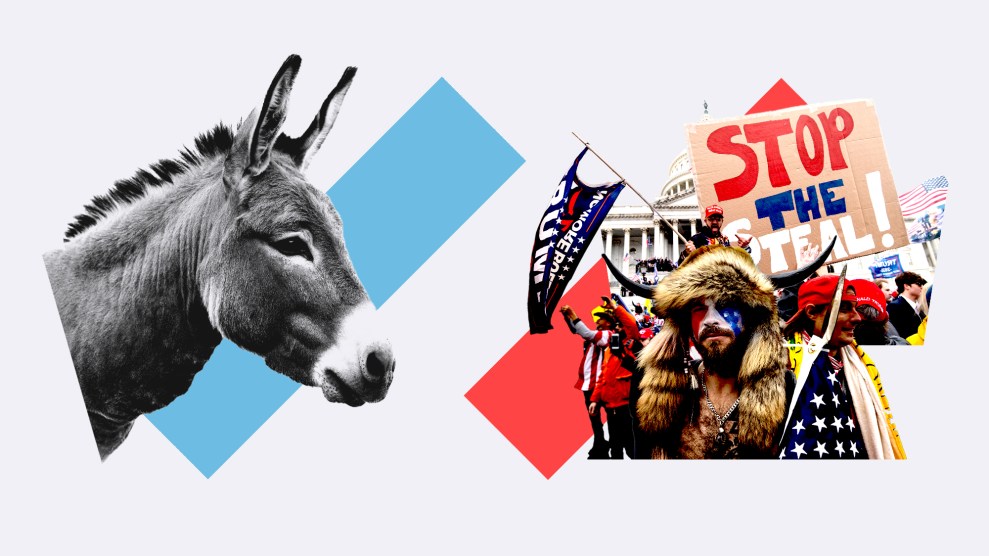Why is the tobacco industry resisting the Food and Drug Administration’s efforts to crack down on tobacco sales to minors?
Because the tobacco industry needs kids. Each year, about 1.3 million smokers kick the habit. Another 420,000 die. To replace these ex-smokers, the tobacco industry works hard to recruit young people. “Each and every day, another 3,000 teenagers become smokers,” says FDA Commissioner David Kessler. “Young people are the tobacco industry’s primary source of new customers in this country.”
The average smoker begins by age 15, and is a daily smoker by age 18. Though smoking levels are declining among adults, smoking is on the rise among those under 19. Michele Bloch of the American Medical Women’s Association warns that kids who start smoking every day end up as statistics a few decades later. “Fully half of all long-term smokers, especially those who begin in their teenage years, will be killed by tobacco,” Bloch says. “Of those, half will die early, in middle age.”
The FDA has amassed enormous quantities of evidence that prove tobacco companies deliberately target kids. An R.J. Reynolds subsidiary in Canada, in a report titled “Youth 1987,” studied the attitudes of “young men and women in the 15 to 24 age range,” noting that the research could be “applied to better decision-making in regard to products and programs directed at youth.” An earlier Philip Morris report stated, “The 16- to 20-year-old begins smoking for psychosocial reasons. The act of smoking is symbolic: It signifies adulthood. He smokes to enhance his image in the eyes of his peers.”
Similarly, in a memo from 1990, R.G. Warlick, an RJR division manager in Oklahoma, urges his tobacco sales representatives to emphasize sales calls to stores “located across from, adjacent to, [or] in the vicinity of the High Schools.” And no wonder: RJR’s Joe Camel campaign, backed by a company research program called FUBYAS (First Usual Brand Young Adult Smokers), pushed Camel’s share of the youth market from roughly 3 percent in 1988 to 13 percent in 1993. A 1991 survey in the Journal of the American Medical Association found that Joe Camel is as recognizable to 6-year-olds as Mickey Mouse.

